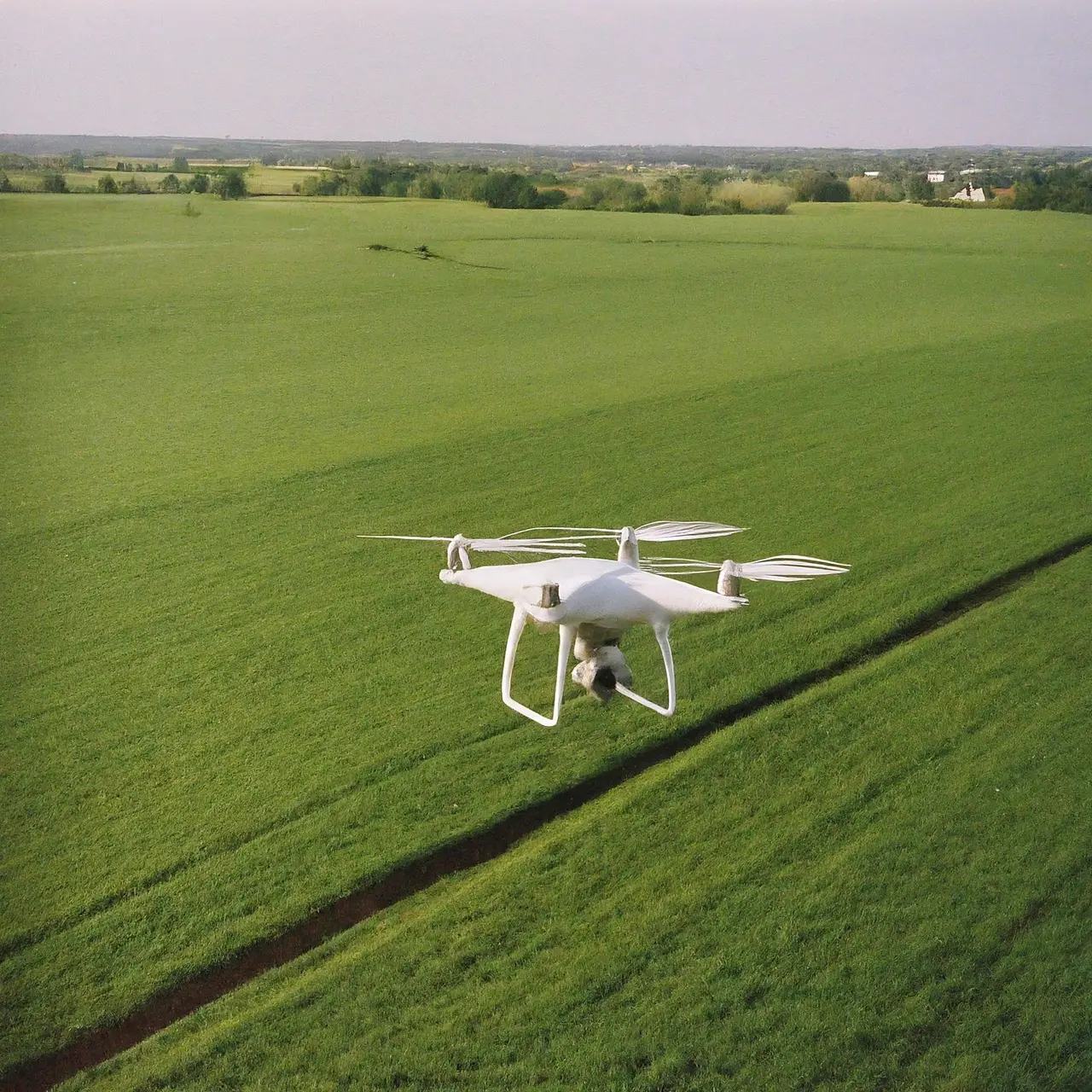
7 Essential Tips for Maintaining Your Drone Spreader
Share
Keeping your drone spreader in top condition is crucial for efficient and effective agricultural operations. In this guide, we’ll share seven essential tips for maintaining your drone spreader, ensuring it serves you well for seasons to come. Whether you’re a seasoned farmer or just getting started with precision agriculture, these insights will help you maximize your drone spreader’s performance and longevity.
1. Understand Your Drone Spreader’s User Manual
A deep understanding of your drone spreader’s user manual is the first step towards effective maintenance. Manufacturers provide detailed guidelines on care and operation, tailored specifically to your model. Taking the time to familiarize yourself with these instructions can prevent misuse and avoid costly damages. Also, checking for guidance on the DJI T50 drone, a pioneer in drone farming technology, can offer additional insights into advanced maintenance routines.
2. Regular Cleaning and Debris Removal
Ensuring your drone spreader is clean and free from debris is vital for its longevity. Start by removing any residue from the spreader mechanism, as this can cause blockages and affect performance. Use compressed air or a soft brush to clean hard-to-reach areas gently. Pay special attention to the sensors and cameras; clear visuals are crucial for precision applications in farming. The latest commercial drone news highlights the importance of regular cleaning, showing how even minor obstructions can impact operational efficiency.
3. Battery Care and Management
The battery is the heartbeat of your drone spreader, dictating how long and effectively it can operate. To extend battery life, avoid exposing it to extreme temperatures, especially during summer. Keeping your spray drone cool can significantly enhance battery performance. Always use an original charger, and never leave the battery charging unattended overnight. Regular checks for swelling or damage can help prevent unexpected failures during critical farming operations.
4. Check and Calibrate Spraying Systems Regularly
The precision of your drone spreader largely depends on the proper functioning of its spraying system. Calibration ensures that the spread or spray is distributed evenly and accurately across your crops. Avoiding over or under-fertilization not only saves resources but also promotes healthier crop growth. Refer to your user manual for specific calibration procedures or consider expert advice for complex systems like the DJI Agras T50, renowned for its application efficiency in aerial farming.
5. Inspect and Replace Worn Parts
Regular inspection of your drone spreader can reveal wear and tear on critical components, including blades, motors, and spraying mechanisms. Replacing worn parts not only prevents breakdowns during operation but also maintains the efficacy and precision of applications. Manufacturers and reputable suppliers offer replacement parts; ensuring compatibility with your model is essential. The durability and performance of the DJI Agras series drones set a high standard for when to consider part replacements.
6. Firmware and Software Updates
Keeping your drone spreader’s firmware and software updated is crucial for optimal performance. Manufacturers regularly release updates to enhance functionality, introduce new features, and fix known bugs. These updates can often improve the efficiency of your drone spreader, making it crucial to check for updates frequently. For drones like the DJI T50, which is at the forefront of farming drone technology, staying on top of these updates can significantly impact your farming success.
7. Professional Inspections and Maintenance
Despite your best efforts in maintaining your drone spreader, some aspects of maintenance are best handled by professionals. Regular check-ups by a certified technician can uncover issues invisible to the untrained eye. This preemptive approach can save you from costly repairs or replacements down the line. Many manufacturers or authorized dealers offer maintenance services, ensuring your equipment remains in peak condition. Consider annual or semi-annual inspections to keep your drone functioning reliably over time.

